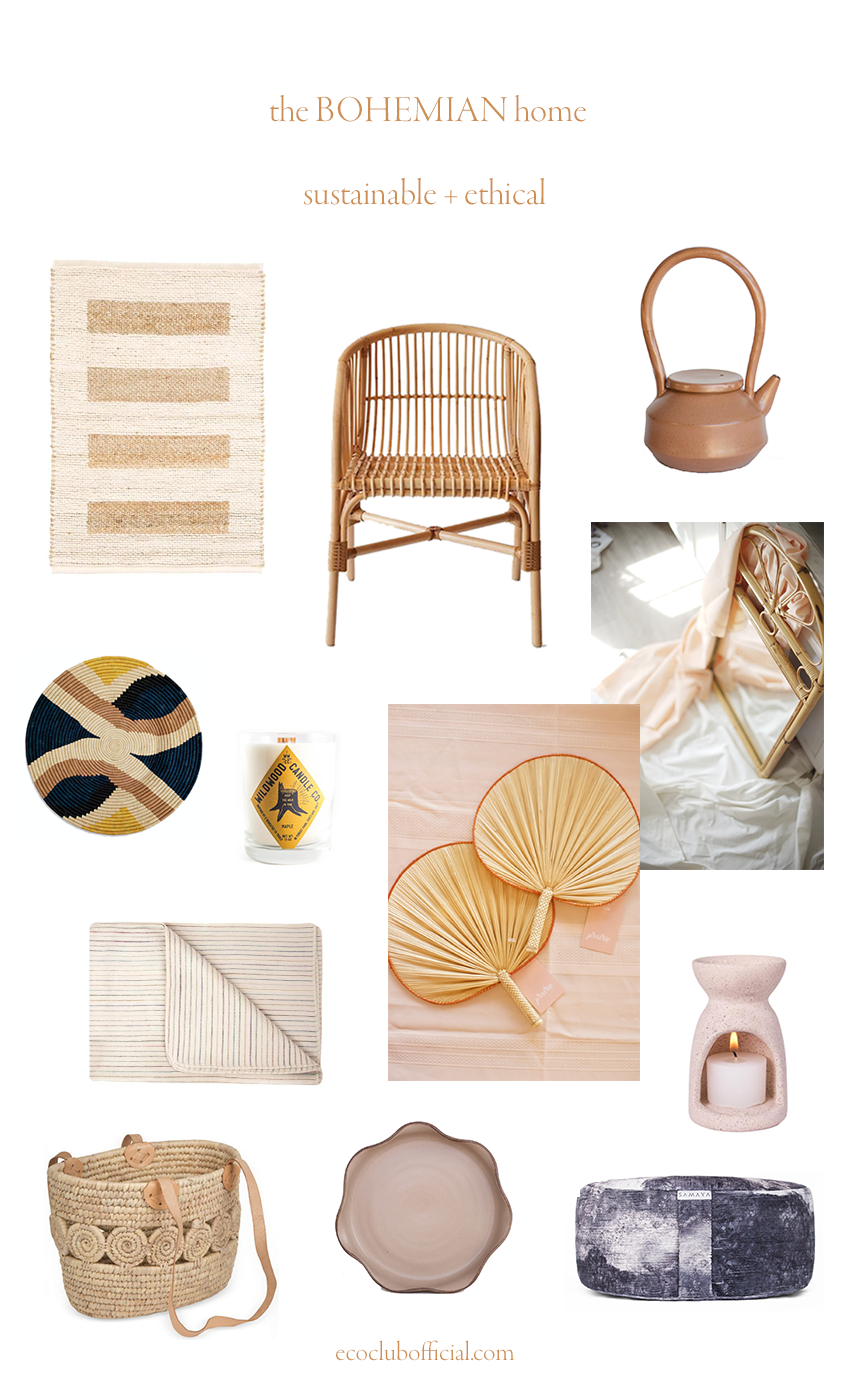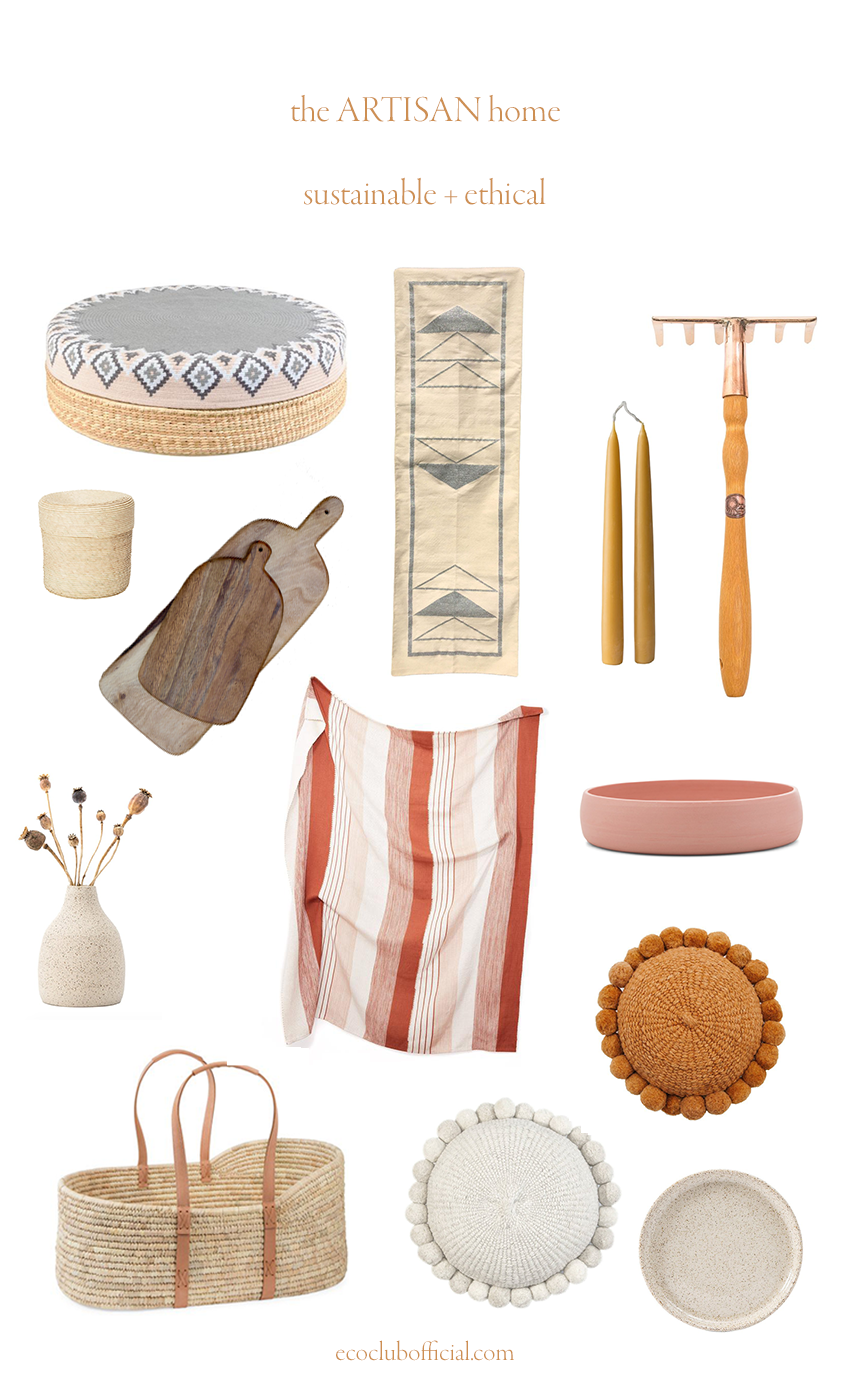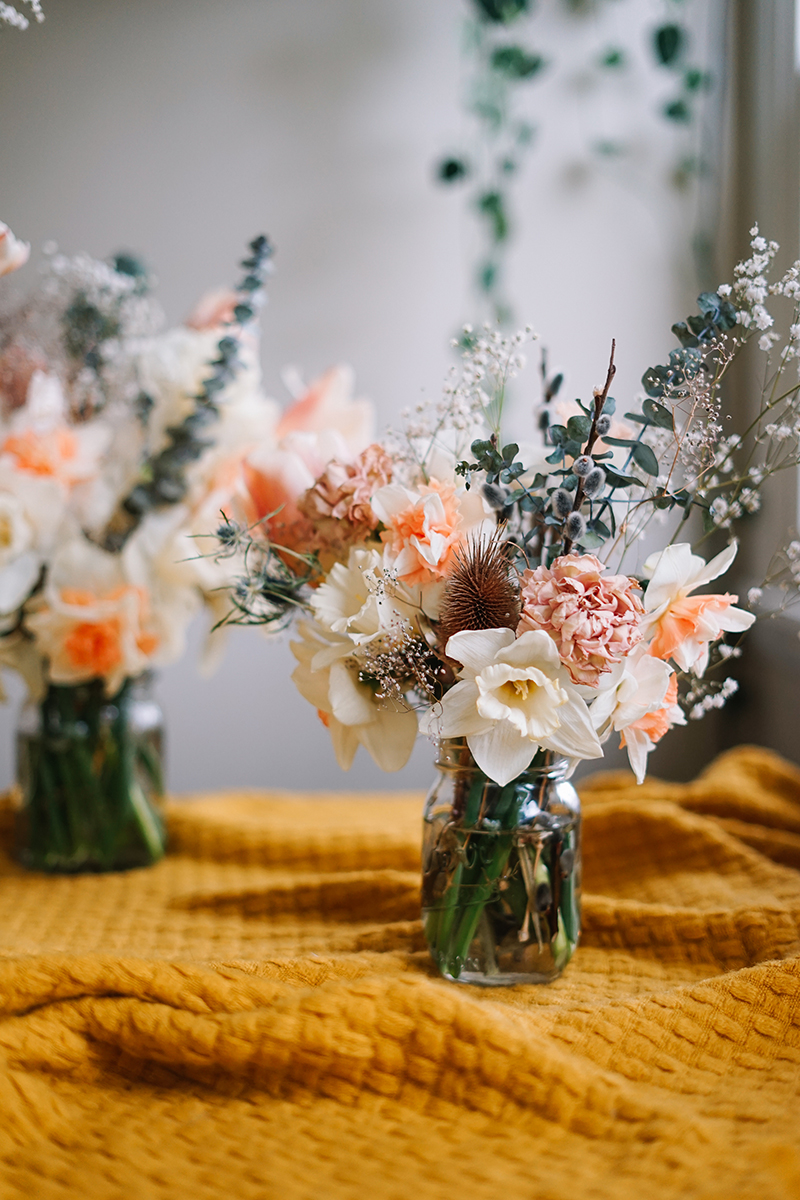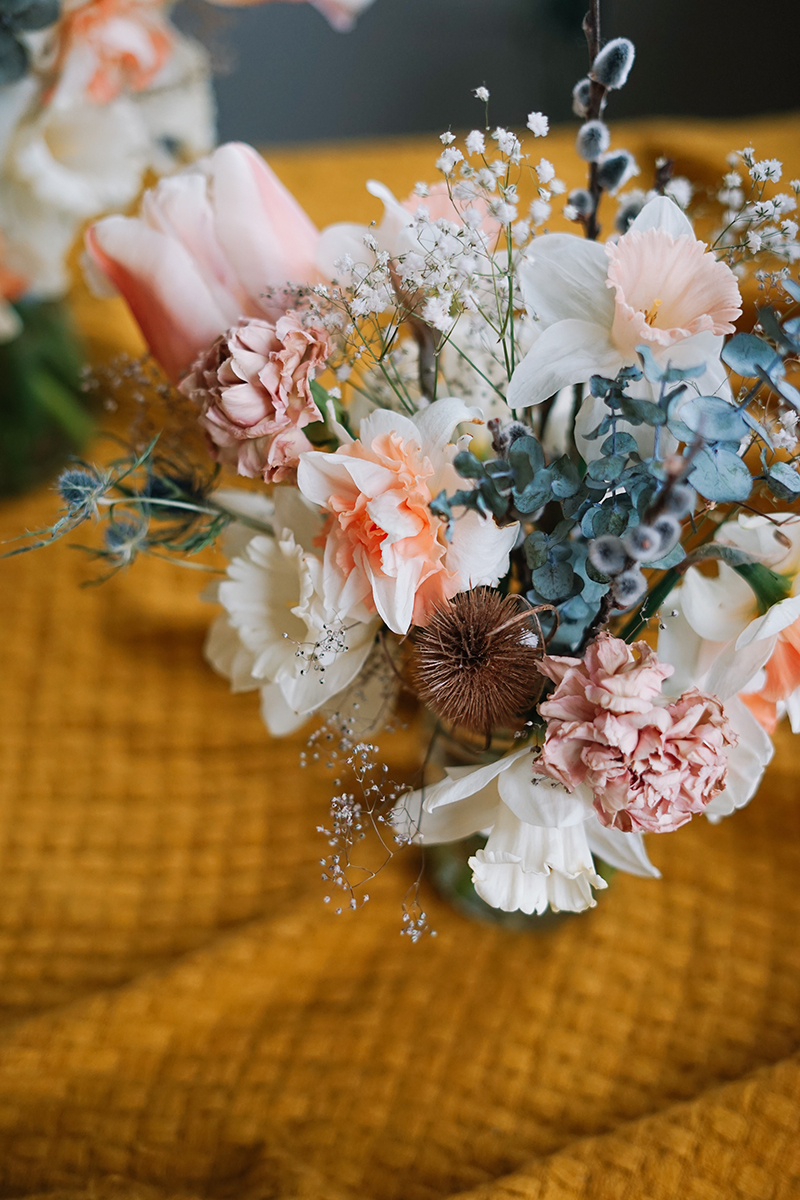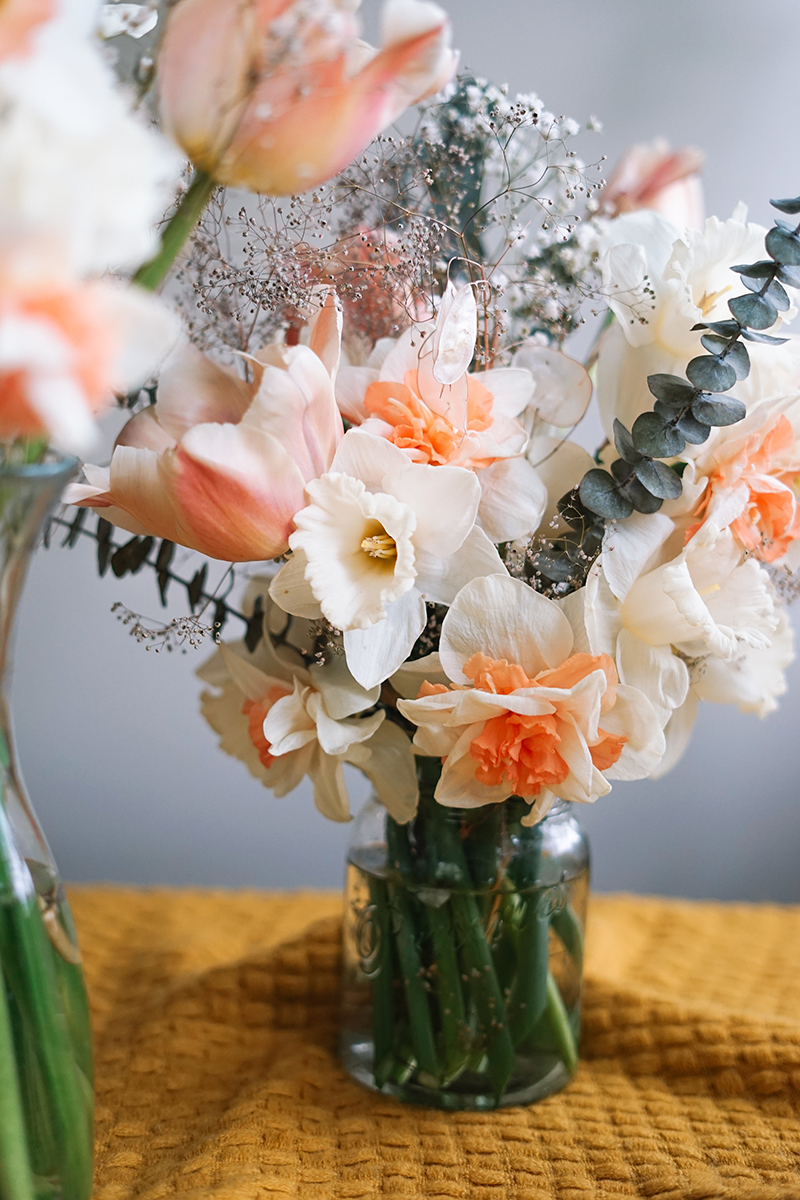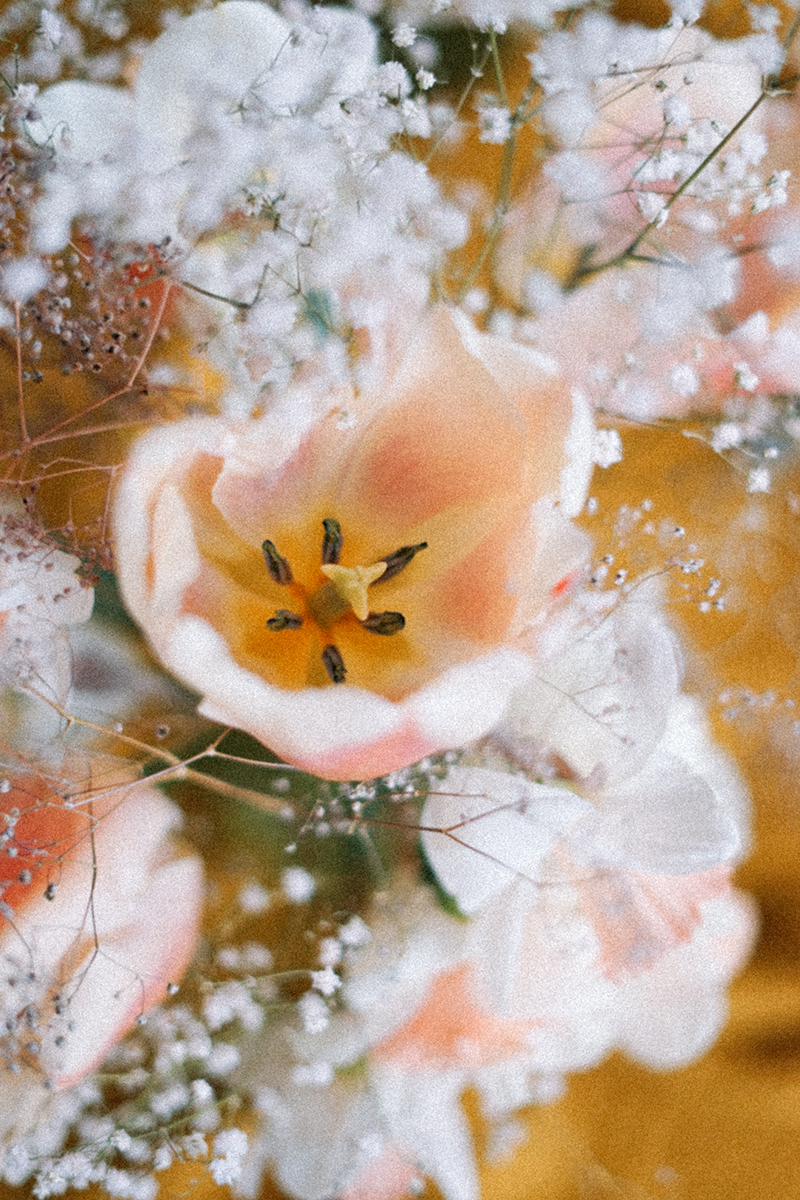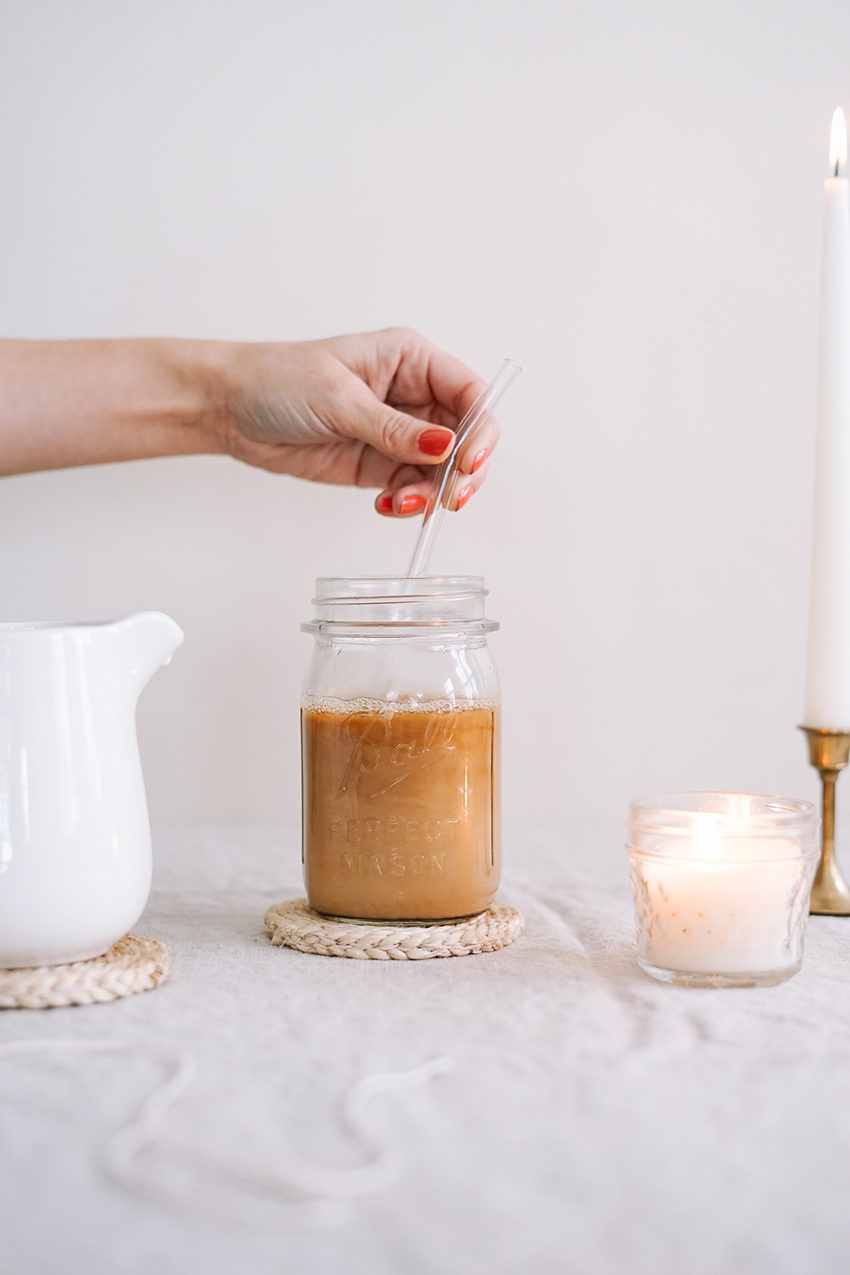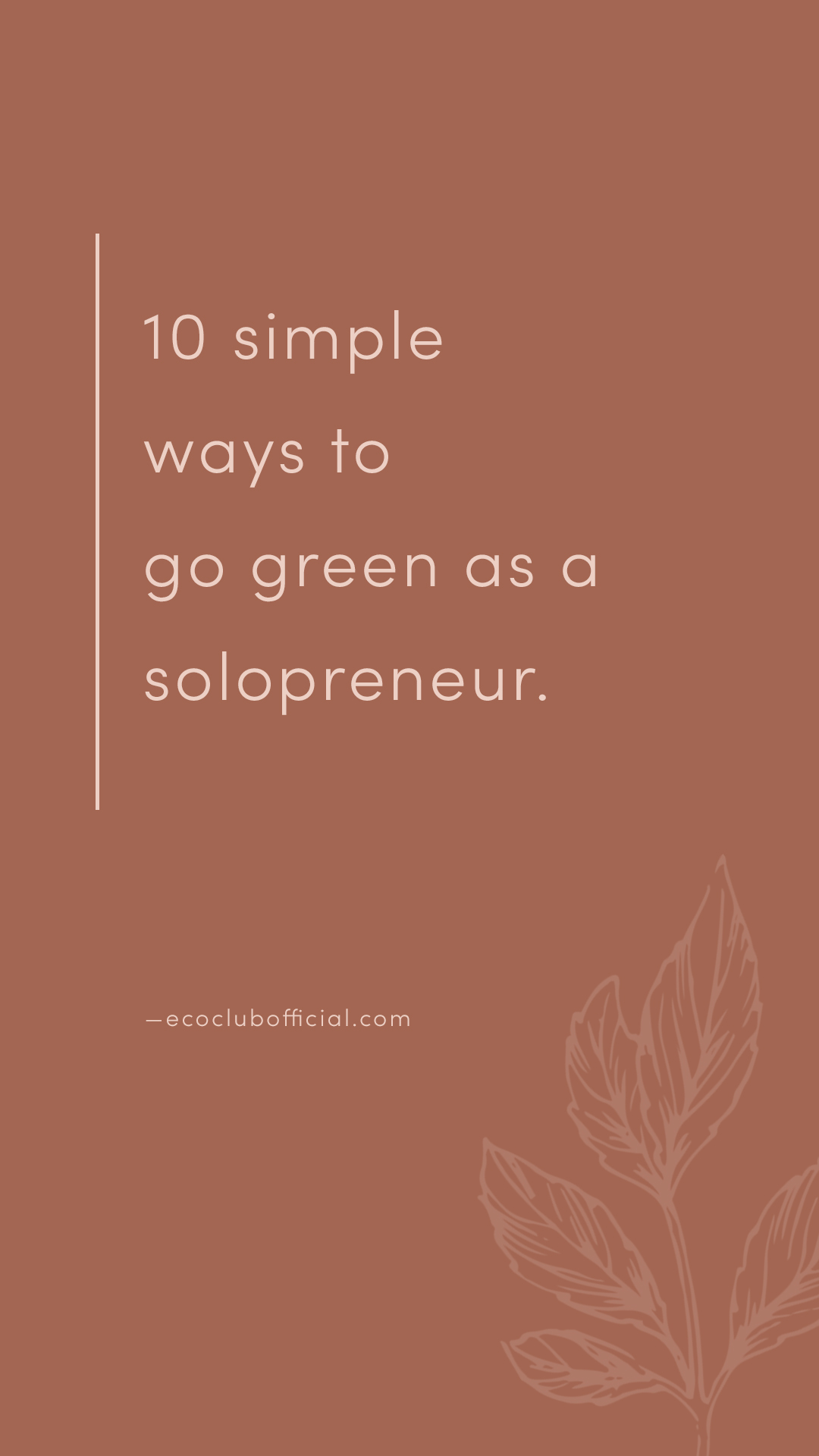We’ve been sharing sneaks on Insta all summer, but I’m pretty darn excited to announce that our eco-friendly entertaining guide is HERE! I know it’s a little late in the season, but I wanted to compile all the photos of our summer backyard party into a guide that proves just how easy and affordable it can be to throw a beautiful party with the environment in mind.
PS: After you scroll through the photos below, be sure to follow the link to DOWNLOAD the rest of our entertaining guide!

Why is beauty so important here? If you search Google or Pinterest for oh, about five seconds, for an eco friendly party, you will not be surprised. It’s pretty much all along the same style, including lots of outdated trends at this point. In this case, I can totally see why a hostess would cringe at the thought of throwing a party with an “eco” spin. Then there are entertainers on a budget (hi!) who want to throw a pretty party too. There are tons of single use products marketed to these very people, with pretty patterned paper plates (that’s a mouthful) and even those “handy” plastic wine glasses that “look like the real thing” (don’t get me started). Being in the wants-to-create-something-beautiful-on-a-budget camp myself, I don’t believe I should have to resort to single use to host a creatively styled gathering. So, those are just a few thoughts we kept in mind while putting this together. We really did want to speak to people like us, who love Pinterest and Instagram and all the pretty parties they inspire, but wanted to be conscious of both our budget and our impact.
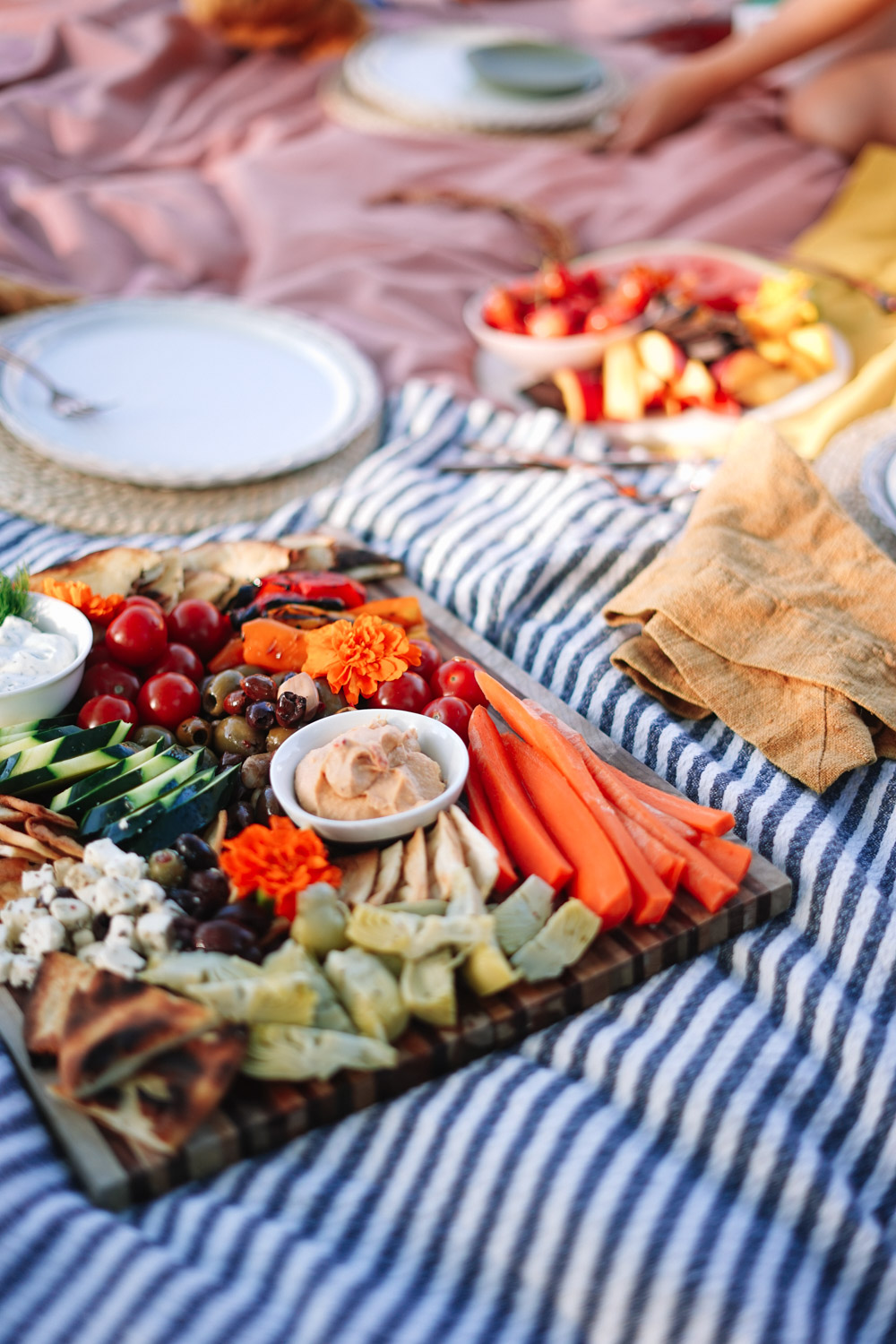
The first thing we did when planning our party was decide the vibe. We knew we wanted it to be casual and in a backyard, so the picnic idea was just SO much easier than finding enough furniture.
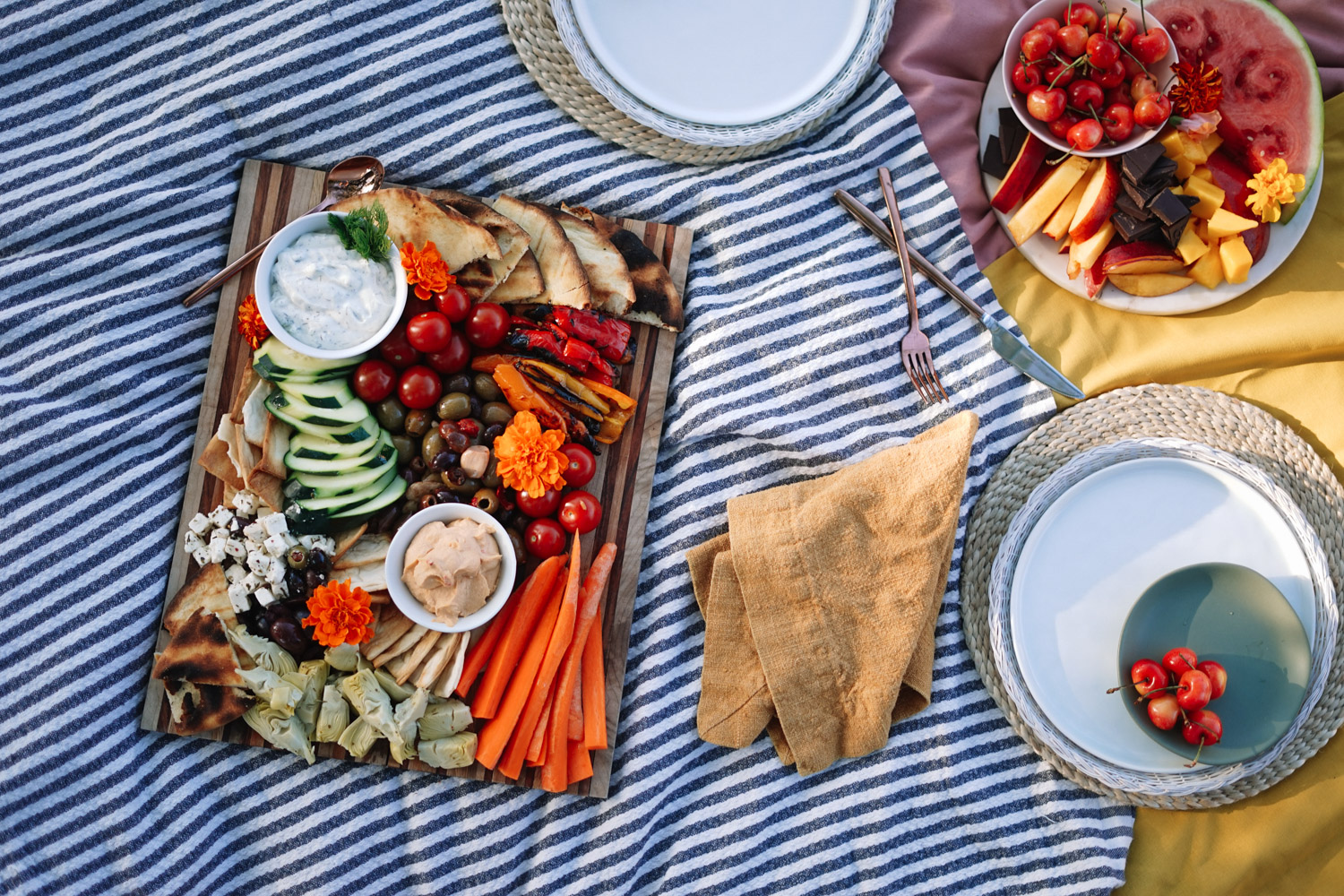
Knowing we had a backyard party vibe helped us narrow down food options. I’ve been all over the Mediterranean diet lately, and I liked that a mezze board could be vegetarian friendly (vegan if you take out the feta/tzatziki) and require minimal cleanup.
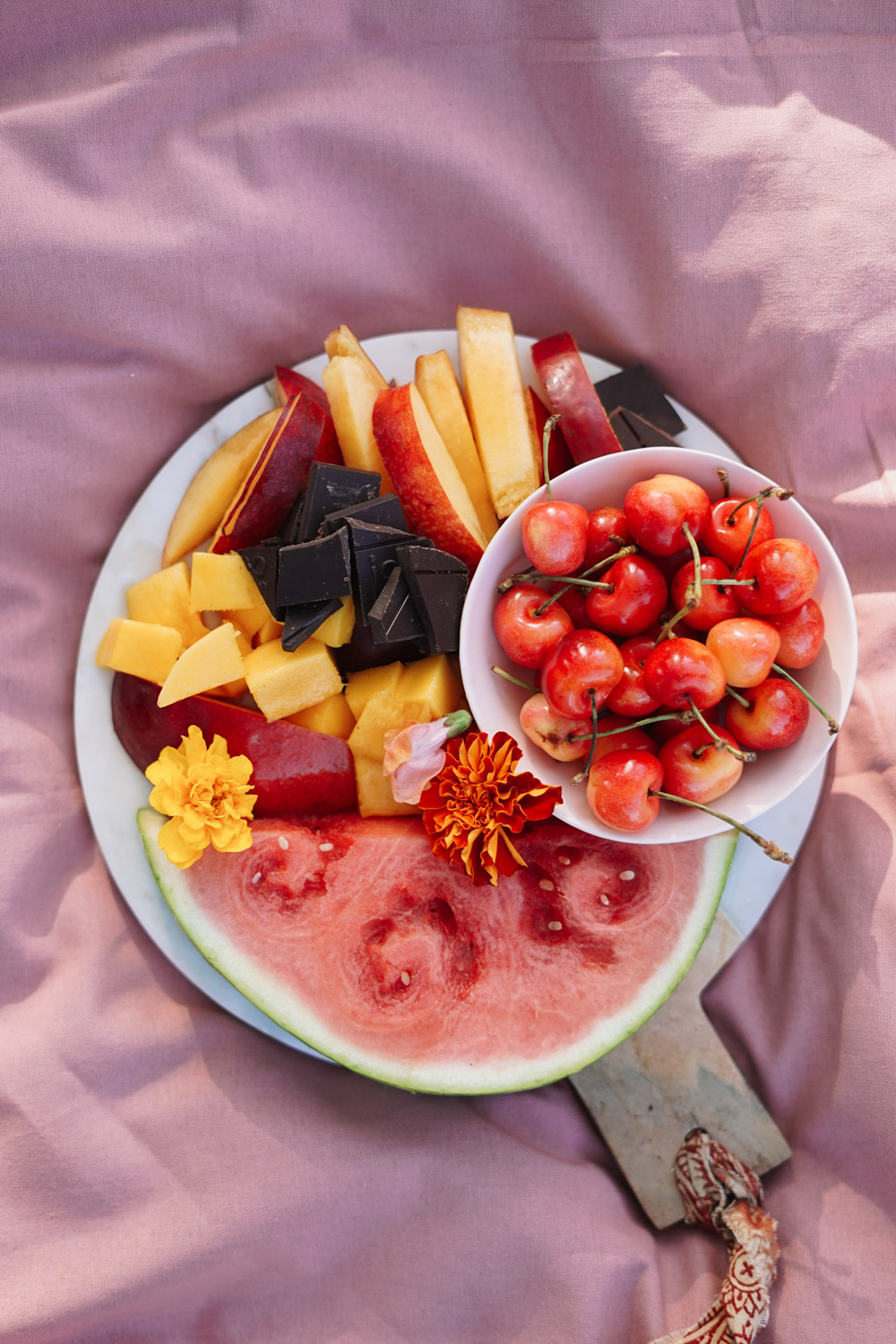
We used the same concept for our fruit platter. We always add a little jcoco chocolate, which is a local Seattle brand that fights hunger with every purchase.
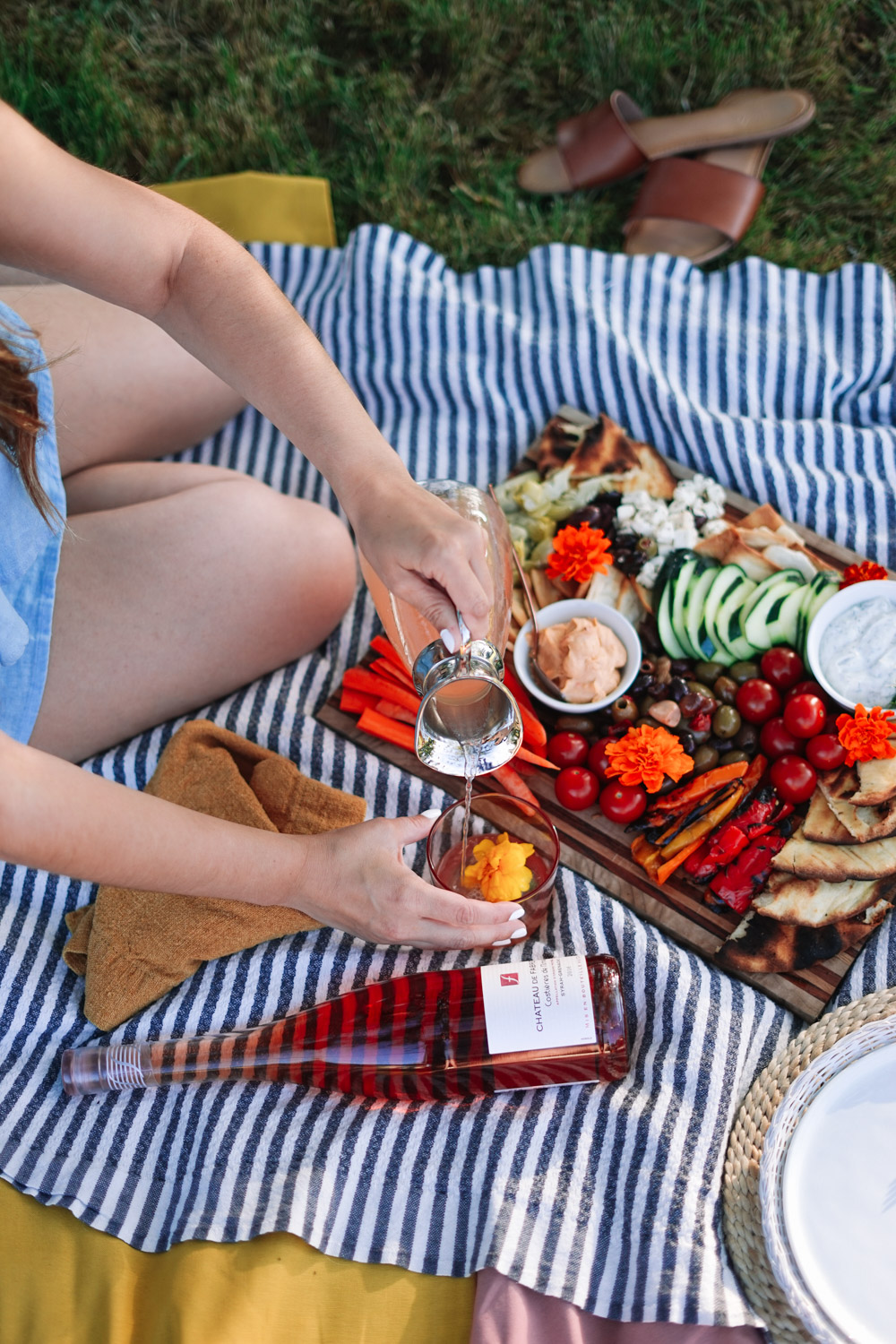
You can find our wine cocktail idea in the full guide below, and we’ll do a post on it soon too!

You probably know by now that we use edible flowers on just about everything. Instant pretty!
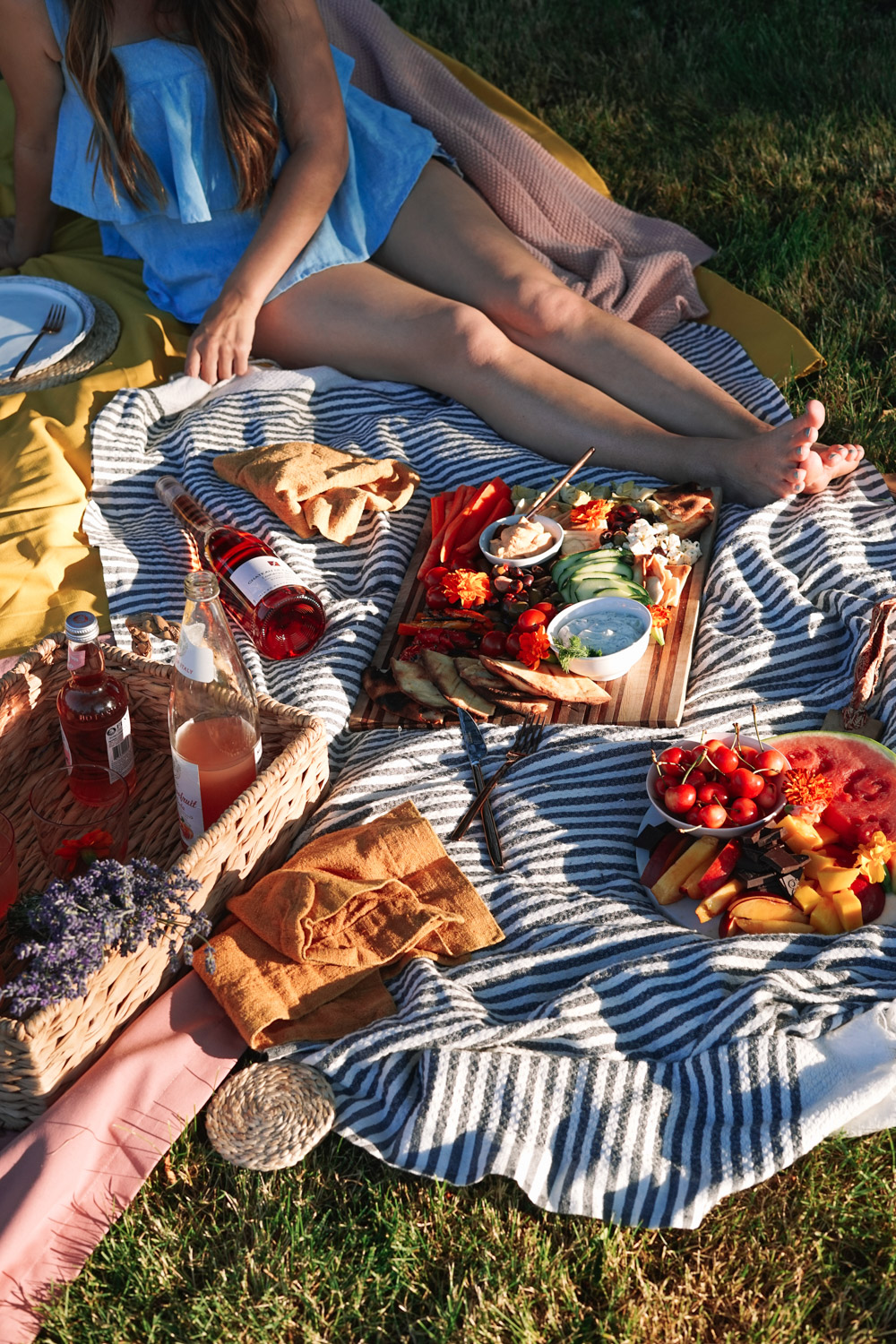
We also talk more about sourcing decor for your party in our guide but some of the key pieces we used were a marble platter from member Ten Thousand Villages, jute place mats and coasters from Will + Atlas (mostly to steady drinks/vases on the grass), and some pretty linens from Etsy.
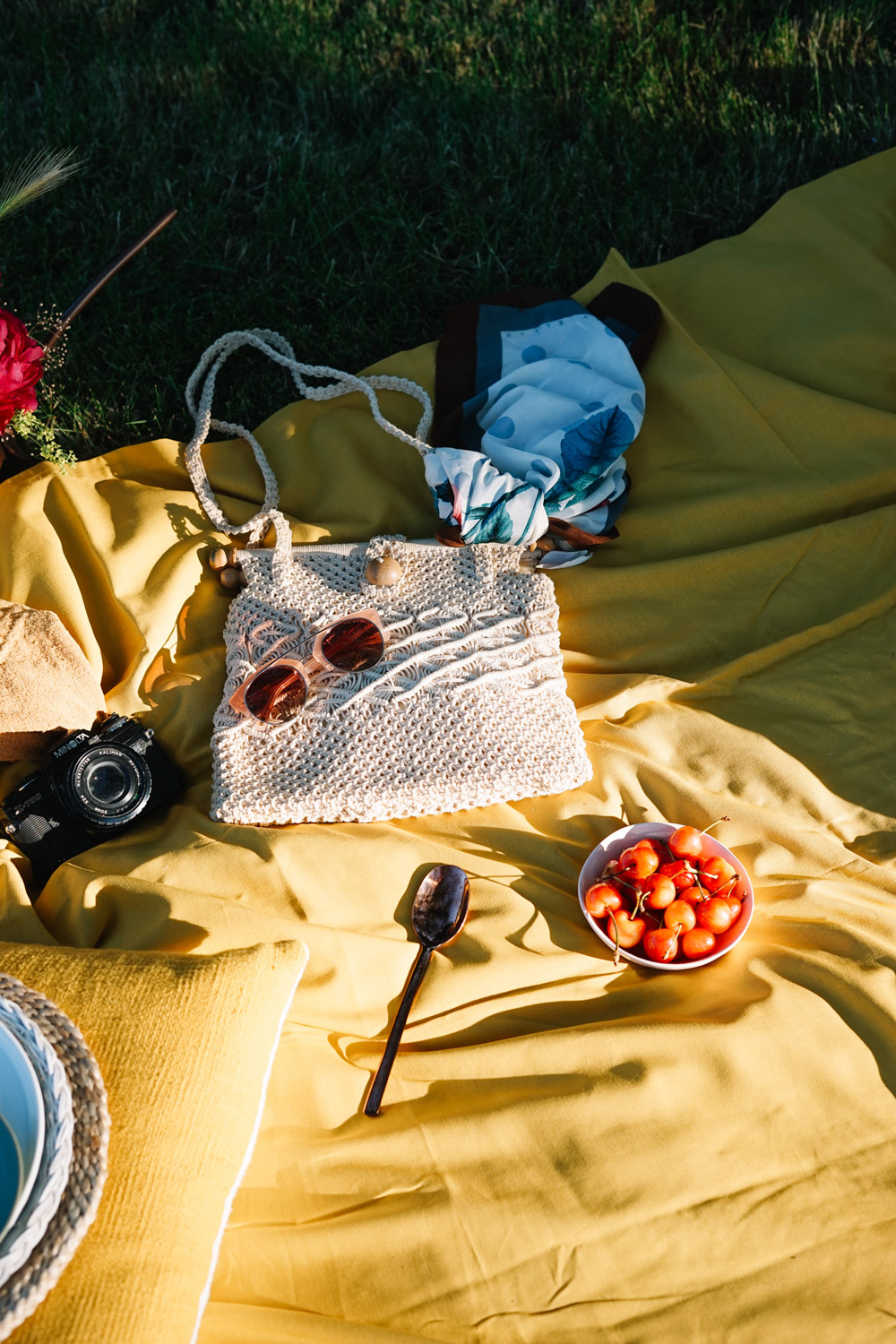
We thrifted a few pieces, but for the most part, went with what we already had, which helped us define our color palette and style too.
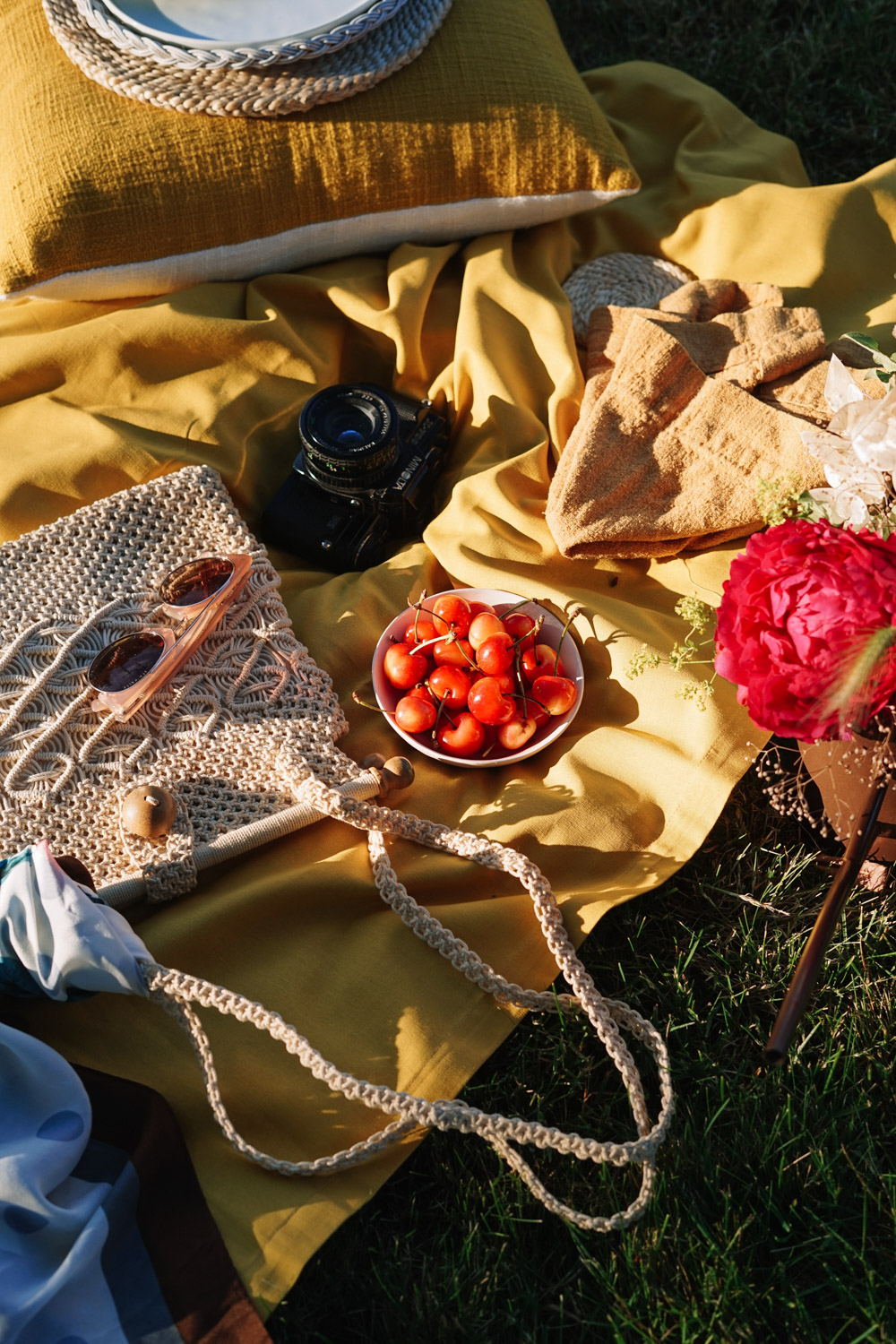
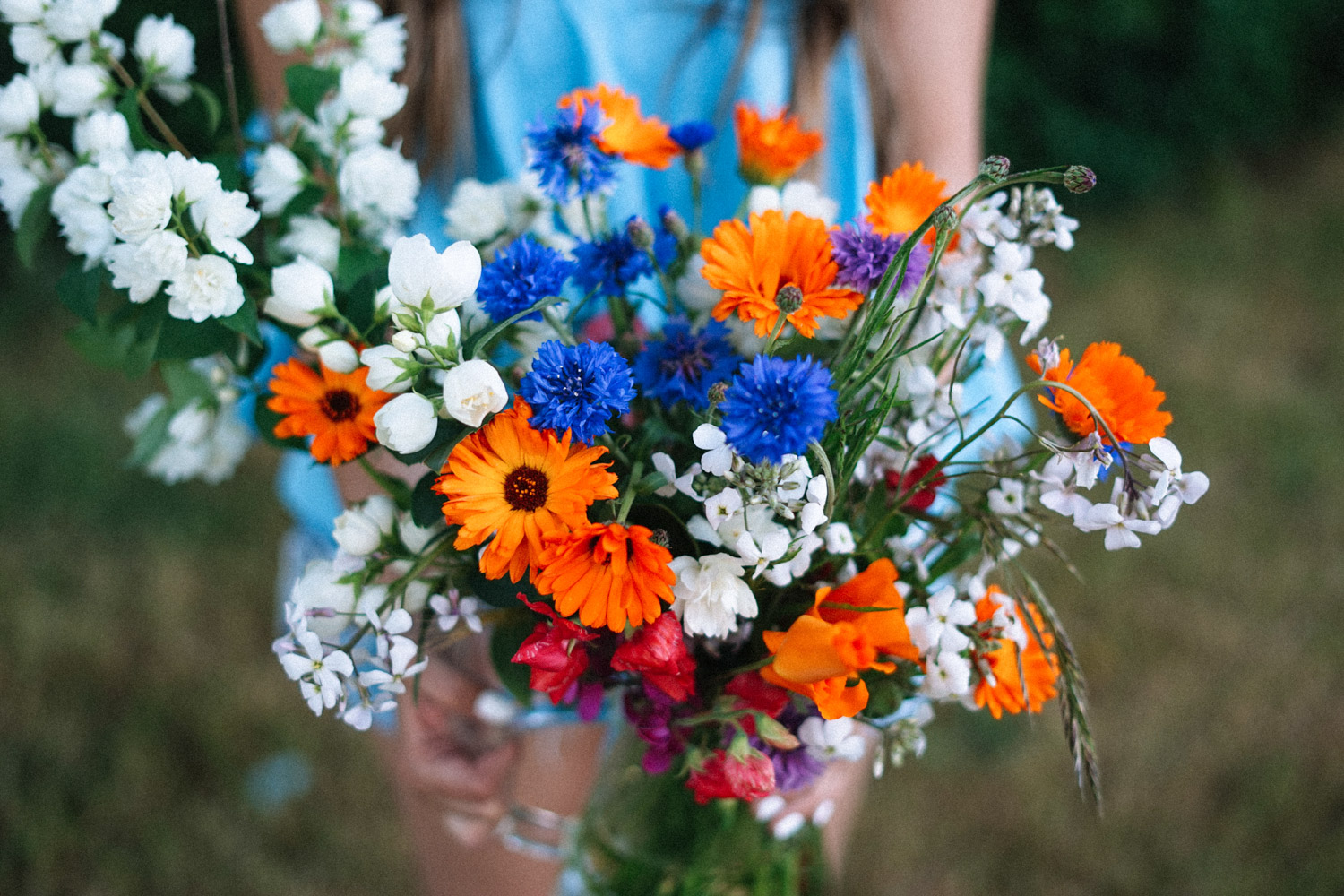
I created a few farmers market floral arrangements using the techniques shared here, opting for a wildflower look that’s very much trendy and in season right now.
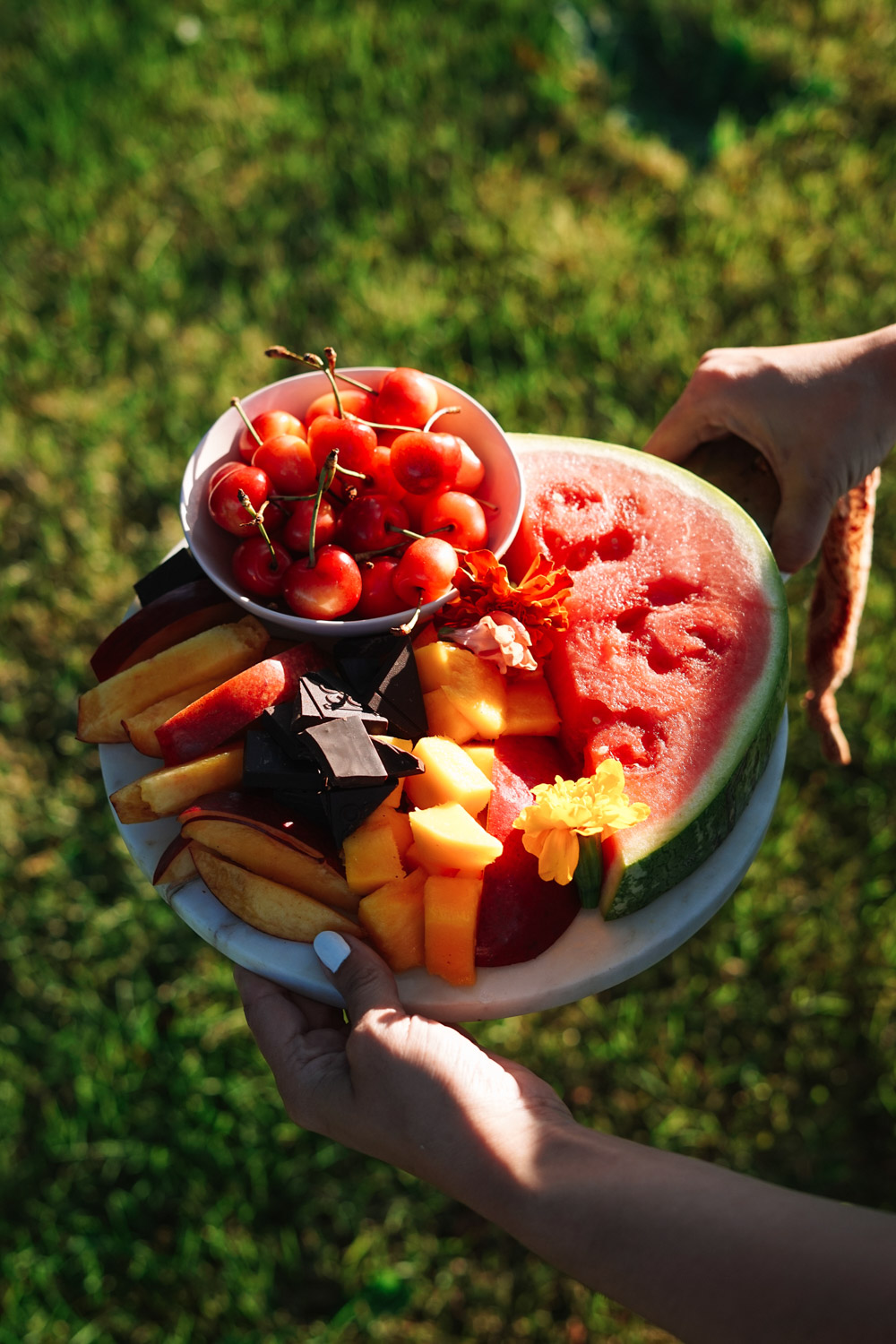
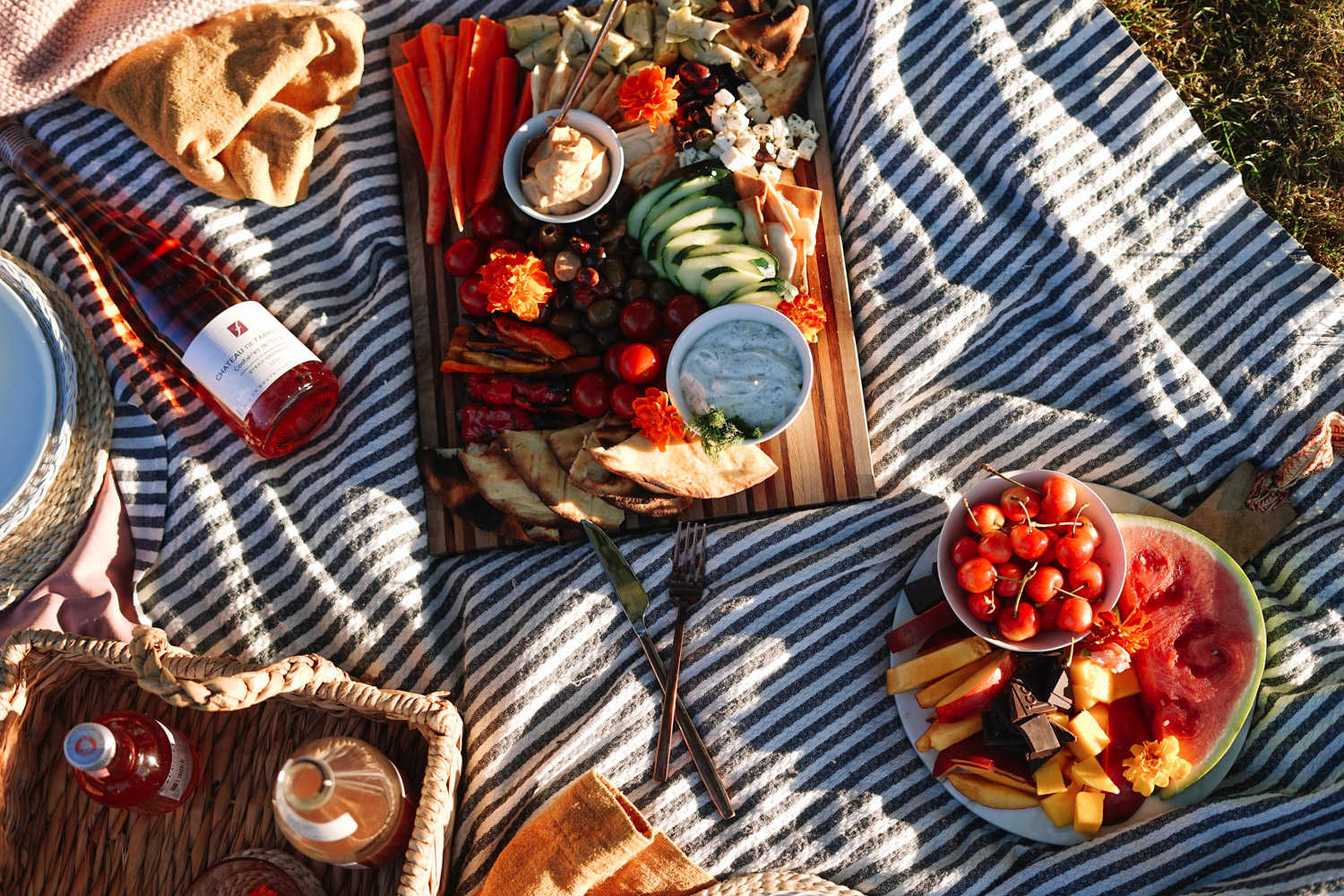
We’d love to share the rest of our eco friendly entertaining tips with you! Simply sign up for our email list to receive monthly updates from the eco club team, and you’ll get a welcome email with the instant download of our 9 page PDF guide with more photos + tips.
ECO CLUB SIGN UP + DOWNLOAD GUIDE
Have you thrown a low-waste party this summer? Share your tips below!
*Photos by Charity

